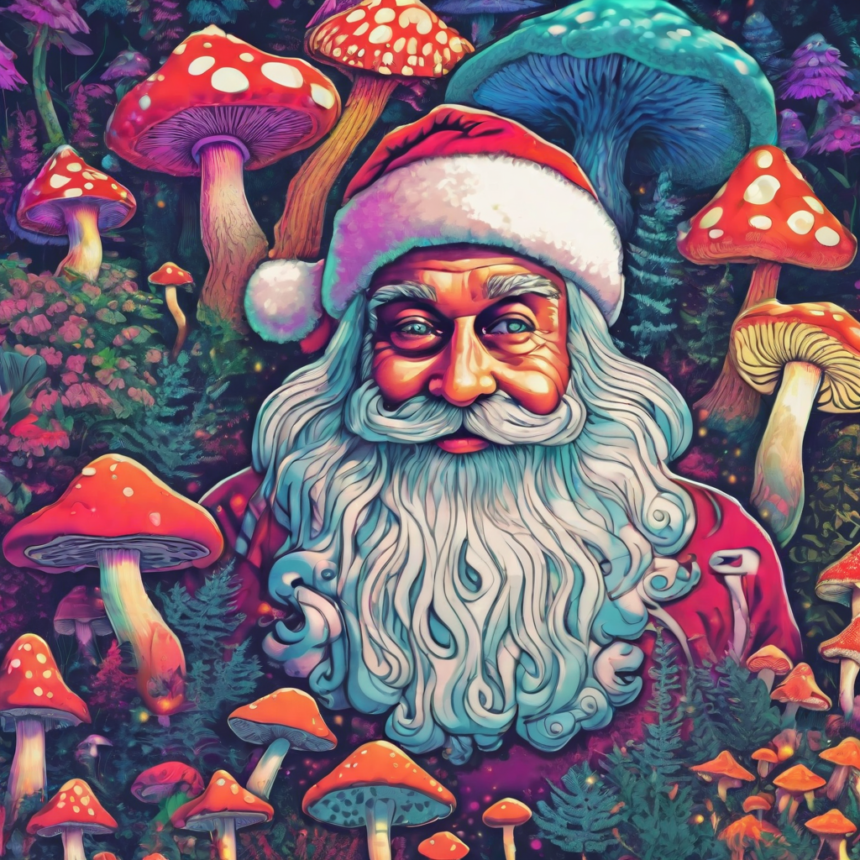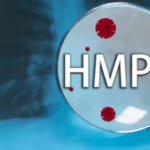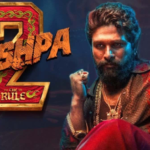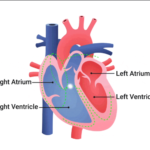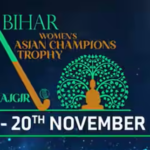Explore the intriguing link between Santa and psychedelic mushrooms. Uncover the enchanting bond with these mind-altering fungi.
Overview of connection between psychedelic mushrooms and Santa
The tale of Santa Claus has been woven into the fabric of Christmas traditions around the world. However, one colorful theory suggests an unexpected link between Santa and psychedelic mushrooms used by Sámi shamans. The theory proposes that Santa’s iconic image is inspired by the indigenous Sámi people of northern Scandinavia and their use of the Amanita muscaria mushroom. We delve into this intriguing theory, consulting experts to separate fact from fiction.
ALSO READ : Christmas 2023 : Why Christmas Tunes Easily Become Ingrained In Your Mind, Evoking Joy & Festive Warmth
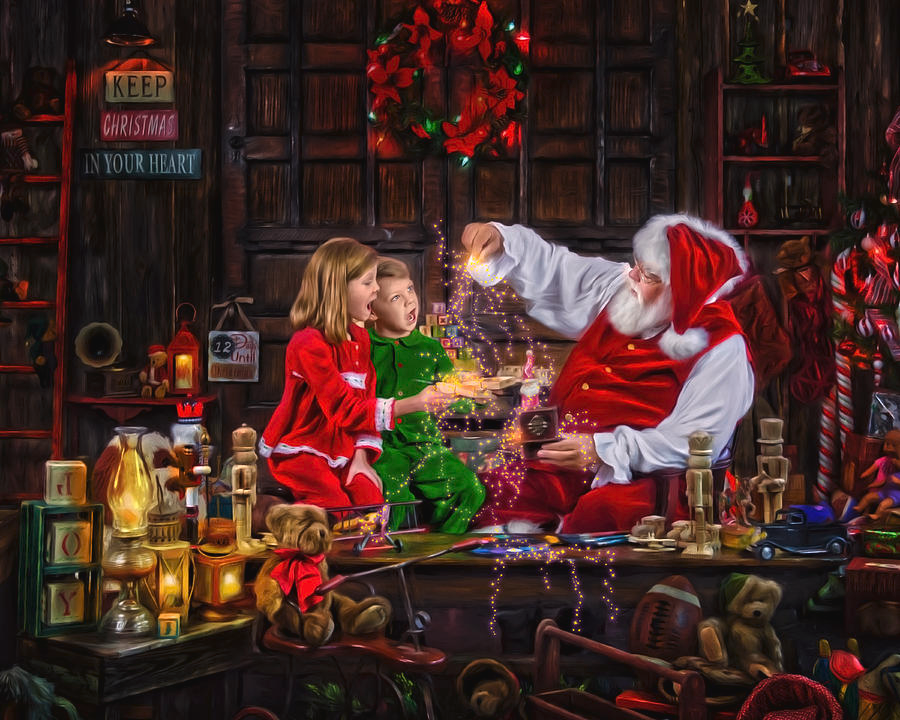
The connection draws attention to the vibrant cultural practices of the Sámi people, known for their close relationship with nature and unique spiritual traditions. Some argue that the red and white colors of Santa’s attire may mirror the distinctive appearance of the Amanita muscaria mushroom, while others point to historical accounts of Sámi shamans dressing in similar colors during their mystical ceremonies. As we explore this unconventional theory, we also consider how cultural influences and historical practices can shape the beloved figures and customs that define our holiday celebrations.
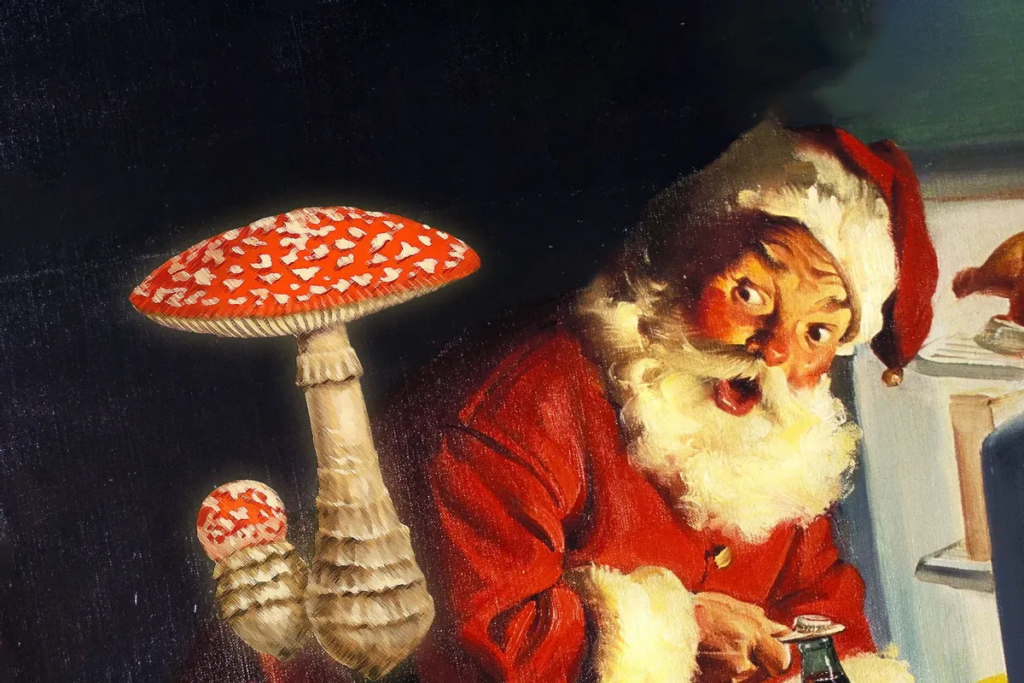
The psychedelic Santa theory:
According to the theory, Sámi shamans collected Amanita muscaria, also known as fly agaric, and gave them as gifts during the winter solstice. The mushrooms, resembling Santa’s suit, allegedly induced visions of flying reindeer and guided the shamans on spiritual quests. This theory also draws connections between the red suits worn by Sámi shamans and the red and white presents under Christmas trees, mirroring the mushrooms growing at the base of evergreens.
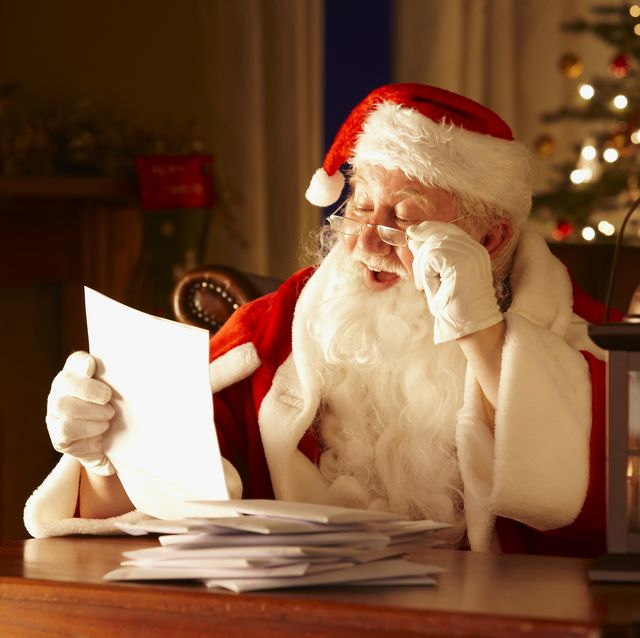
Expert opinion:
Tim Frandy, an assistant professor of Nordic Studies at the University of British Columbia and a Sámi descendent, challenges the credibility of this theory. He points out flaws in the narrative, highlighting that Sámi midwinter traditions were centered around protection from the stállu, a creature believed to drain life spirits. The lack of joyful customs associated with Christmas in Sámi traditions contradicts the theory.
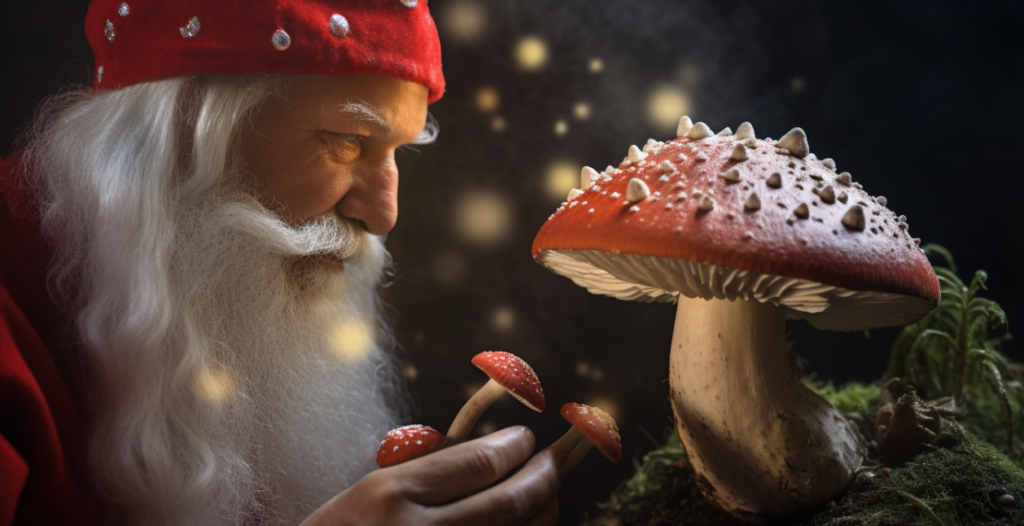
Debunking the psychedelic connection:
Frandy dismantles various elements of the theory, emphasizing that fly agaric use by Sámi shamans lacks sufficient evidence. Contrary to the theory, Sámi shamans were known to induce trances through music, alcohol, or pain, not mushrooms. The association between Sámi regalia and mushrooms is also questioned, as few archaeological sites provide insights into Sámi shamanic attire.
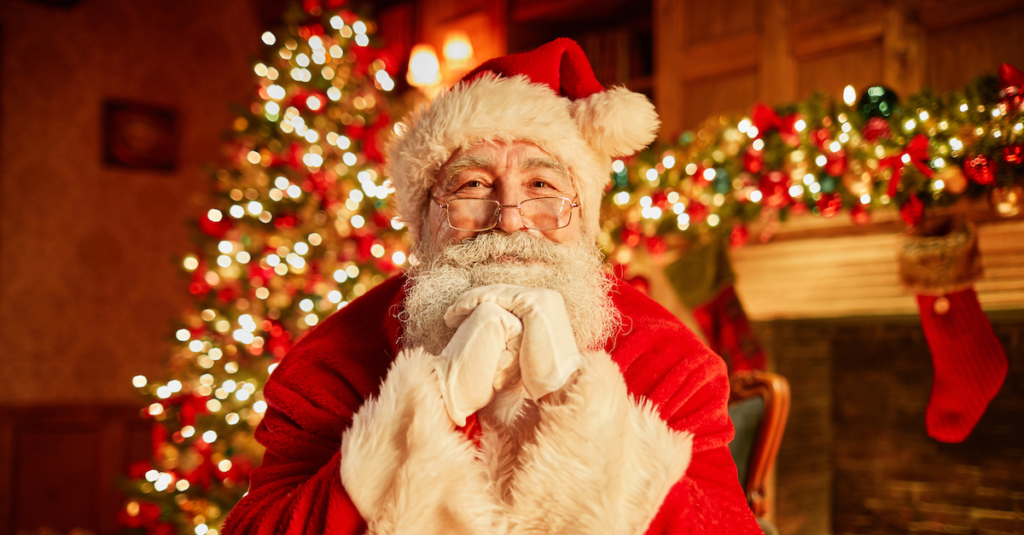
Origins of Santa claus:
Christmas, rooted in pagan celebrations, has evolved over centuries. The Dutch Sinterklaas, inspired by the generosity of St. Nicholas, laid the groundwork for the modern Santa Claus. The transformation involved an interplay of Christian and pagan customs from the Roman Empire to Nordic countries. Santa’s familiar image, complete with a North Pole abode and flying reindeer, emerged in America in the 19th century.
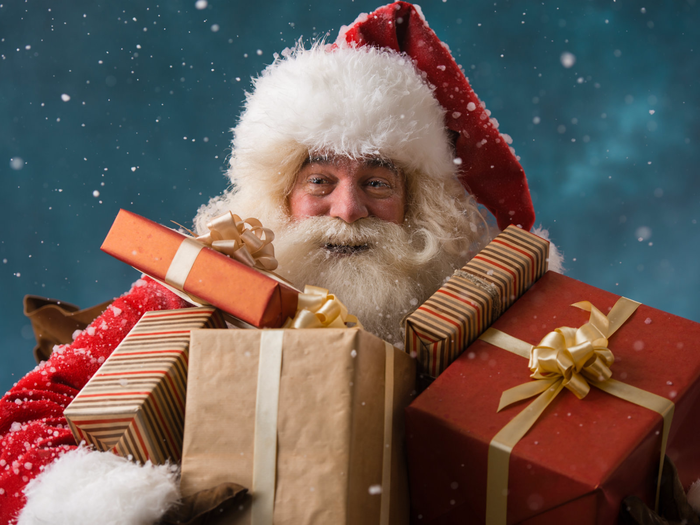
Cultural appropriation concerns:
Frandy highlights the unintentional connection between Sámi culture and Santa’s image in Finnish and Swedish Christmas lore. He underscores the appropriation of Sámi cultural elements and the lack of consultation with indigenous community members. The theory, developed and perpetuated by outsiders, raises concerns about colonial misuse of Sámi intangible cultural heritage.
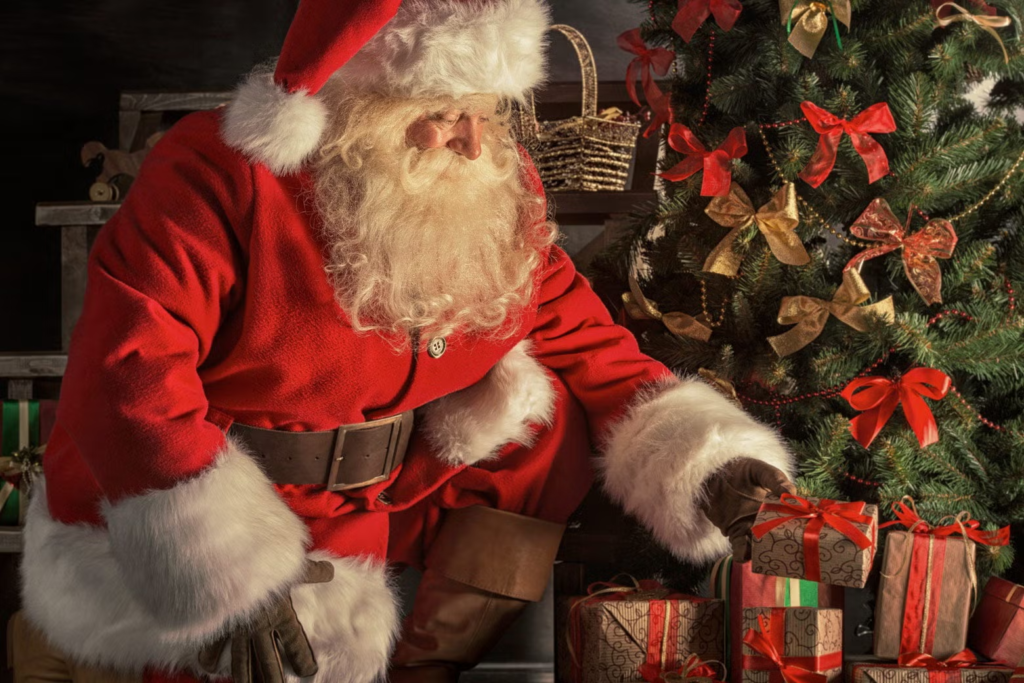
Conclusion:
Delving into the Psychedelic Santa theory offers a whimsical lens on Christmas traditions, yet scrutinizing its historical authenticity is paramount. Tim Frandy’s astute observations impart a nuanced perspective, dismantling the romanticized narrative and underscoring the imperative of cultural sensitivity. Amidst the joyous celebration of Christmas customs, it is crucial to acknowledge and respect the cultural legacy of indigenous communities such as the Sámi. Frandy’s insights prompt a thoughtful reflection on the intricate interplay between folklore and cultural preservation during this festive season.
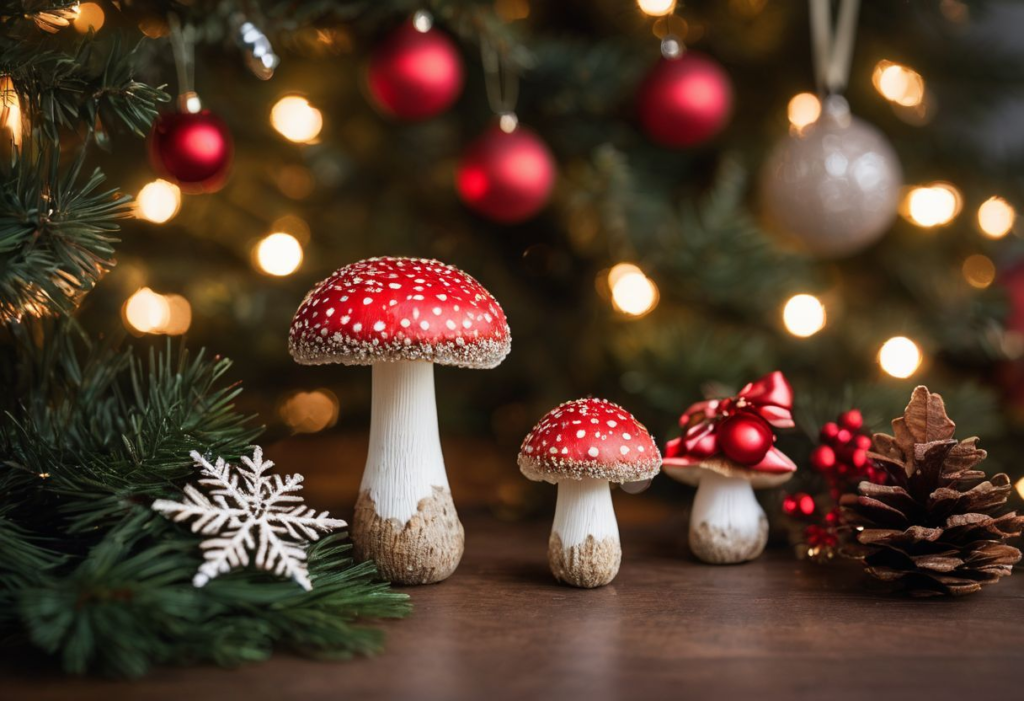
To explore more news : Click Here
ALSO READ : Ministry Of Home Affairs Recruitment 2023 : Opportunity For Head Constable Driver (Grade II)







